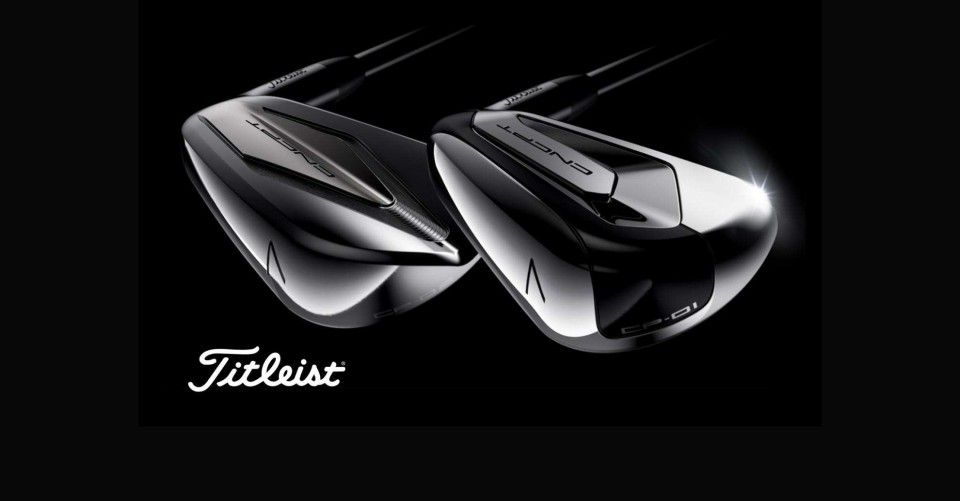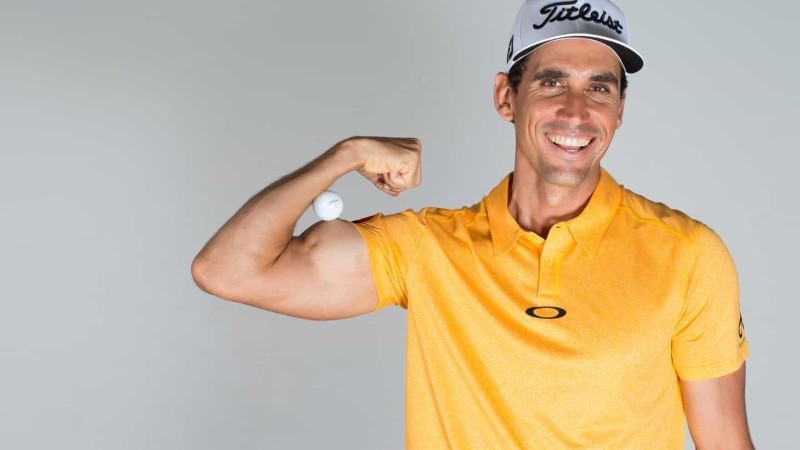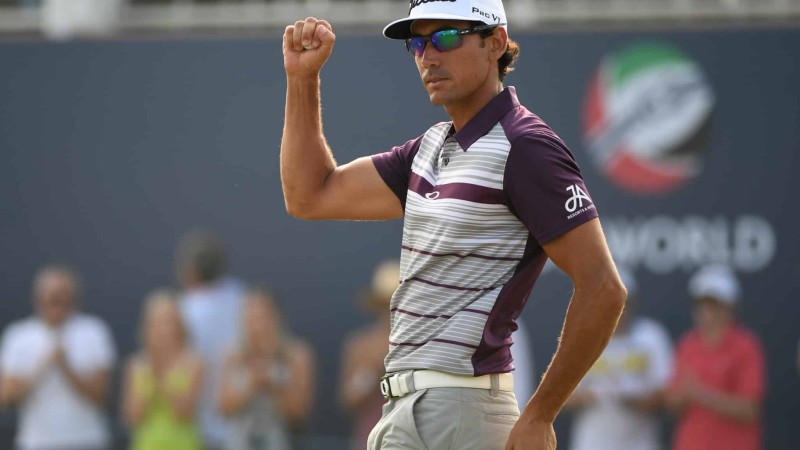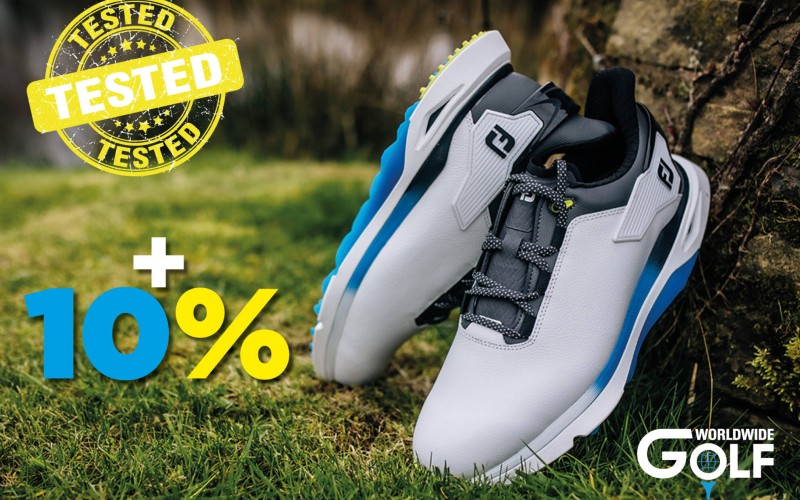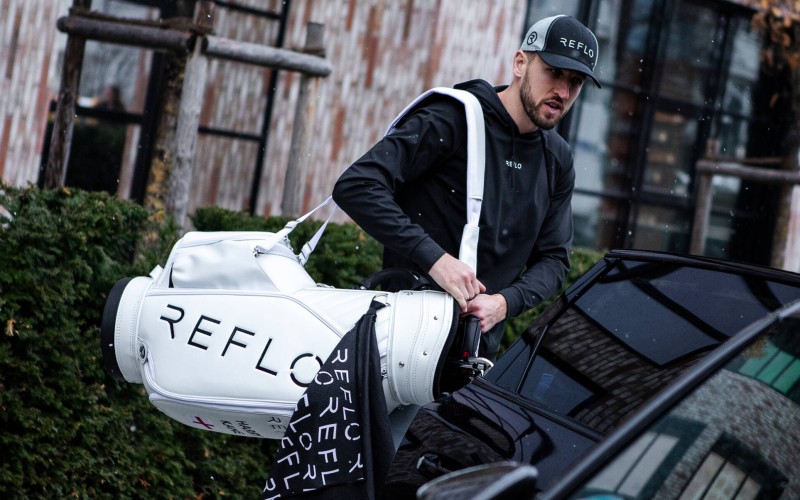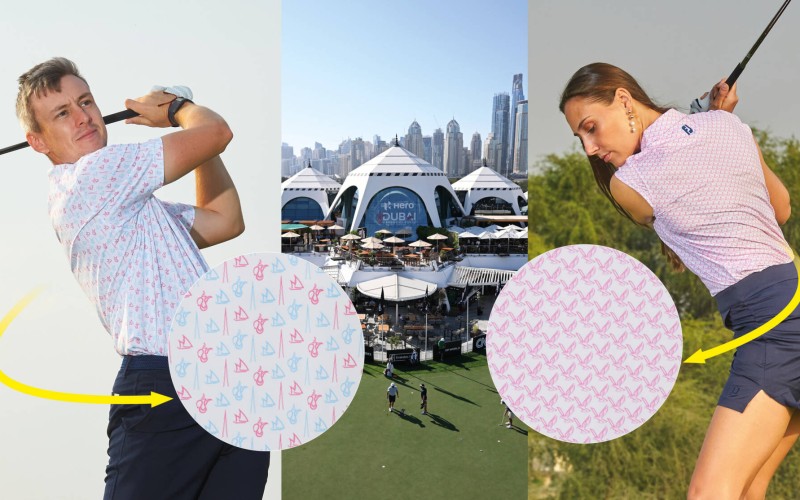By Alex Gallemore
We’ve all heard of the Bugatti Veyron, an automotive feat of colossal magnitude where money was no object for the VW Group to produce the world’s fastest road-going car, merely as an engineering challenge.
Powered by an eight litre W16 quad turbo engine, with an output of 1,000 Horse Power which required 10 radiators to keep it from overheating!
It might not be as grand but Titleist have applied the same logic to their latest CNCPT irons. “CNCPT is an idea, a promise. It’s our answer to ‘What if?’ ” said Kelley Moser Jr., Brand Manager, CNCPT Clubs.
“What if our R&D engineers could bring their dreams to reality, using materials and processes never before used in golf? We promise to provide them with all the resources they need, so that CNCPT will always deliver the ‘wow’ factor. ”
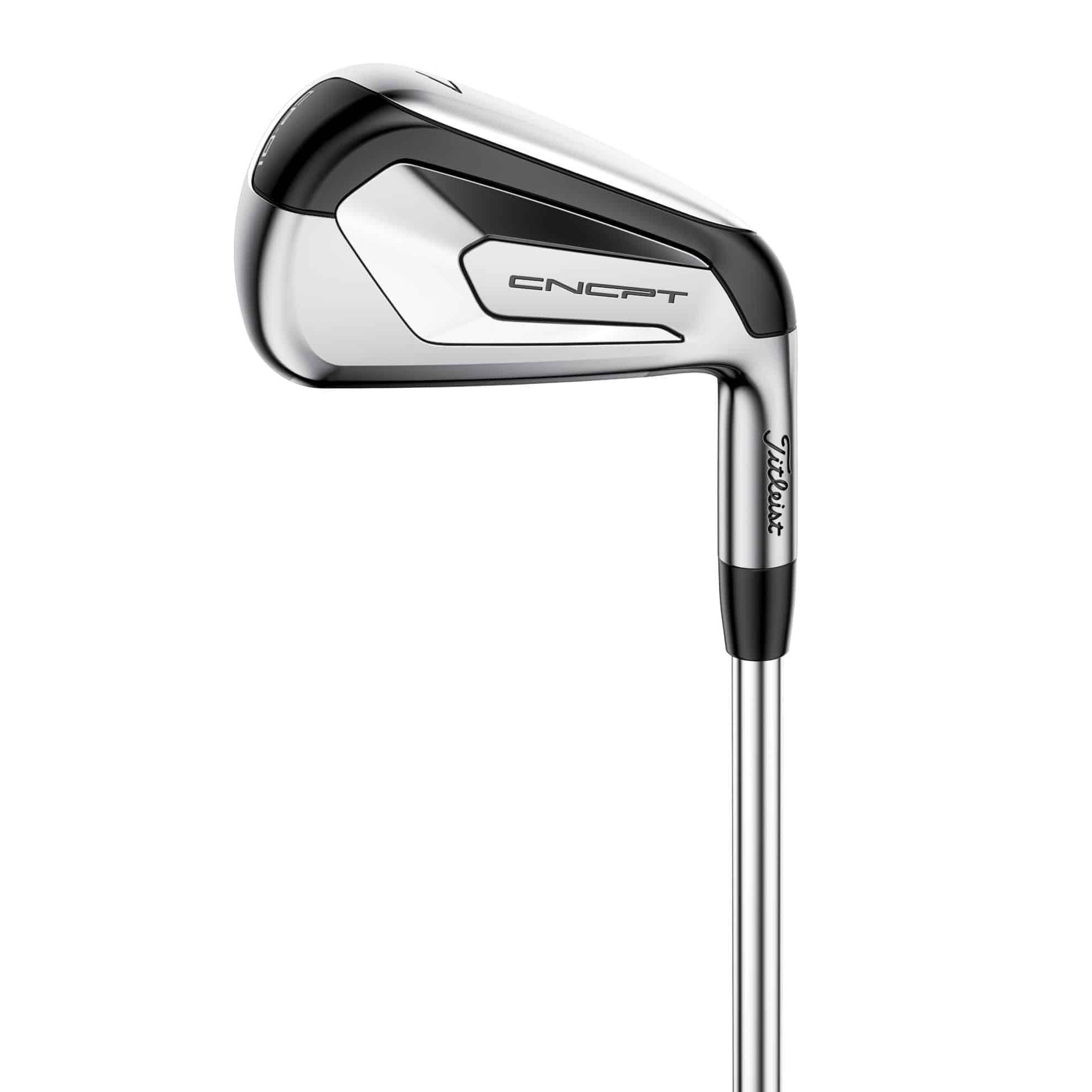
Making a golf club deliver more performance in the past, normally required strengthening the lofts, lowering the centre of gravity, thinning the face to the legal limit and weighting the clubs in certain resembling the Titleist T-MB head design. The seven-iron on the CP- 01 is just 30 degrees – that’s the equivalent of an AP1 head and you don’t get much stronger than that.
The CP-02 seven iron is two degrees weaker but you can tell instantly that this club is appealing to the player who wants distance gains but doesn’t want to lose the ability to work the ball.
SHORT TEST
I only managed to hit the CNCPT irons during a short demo so I didn’t get the chance to conduct a full review. I just wanted to see the flight of CP-01 and compare it to the AP1.
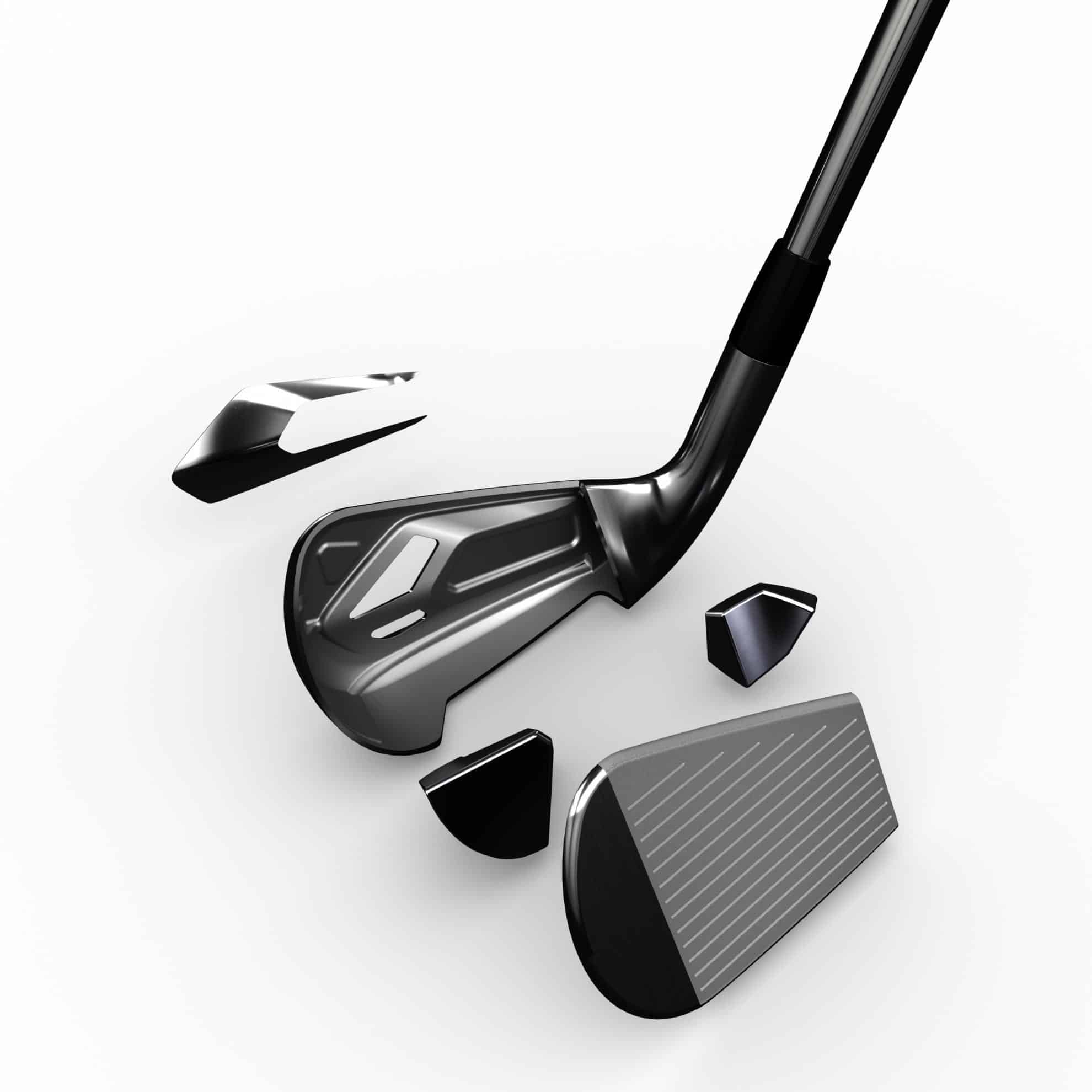
Despite the low loft, it launched like a club with more loft but the flight was so much stronger. The feel was like a forged blade when you strike the centre and the distance was equal to that of my current six-iron, which has a strong loft!
The CP-02 was, for me, the better-looking club with a more traditional head design and it sat well on
the ground with just 2.4 of offset compared to 3.5 in the CP-01.
“What if our R&D engineers could bring their dreams to reality, using materials and processes never before used in golf? We promise to provide them with all the resources they need, so that CNCPT will always deliver the ‘wow’ factor. ” – KELLEY MOSER JR., BRAND MANAGER, CNCPT CLUBS.
HOW CAN CNCPT DELIVER A HIGH LAUNCH WITH SUCH STRONG LOFTS?
When money is simply no object you don’t have to worry about material costs. The CNCPT irons use close to 50 per cent of the head’s total weight in tungsten (an average of more than 110 grams) in the longer irons.
That would be 22 per cent more than the amount of tungsten used in the current T-MB irons.
“The high density tungsten allows us to manipulate the CG low and back for maximum forgiveness,” Moser said.

Placed low in the heel and toe, the tungsten also helps shots launch higher with less spin.
“We’ve got a 7-iron that’s strong, lofted with an extremely fast face but it doesn’t fly through the air like a 5-iron,” Moser said.
“It flies through the air like a 7-iron. We’ve strengthened the lofts to make sure the flight was where it should be, but the descent angle we’ve kept really steep.”
WHERE DOES THE EXTRA SPEED COME FROM?
“We challenged our R&D team to go out and find new materials and create something very different that you can’t find in golf right now,” Moser said. “This is just an exercise in what our R&D team is capable of.”
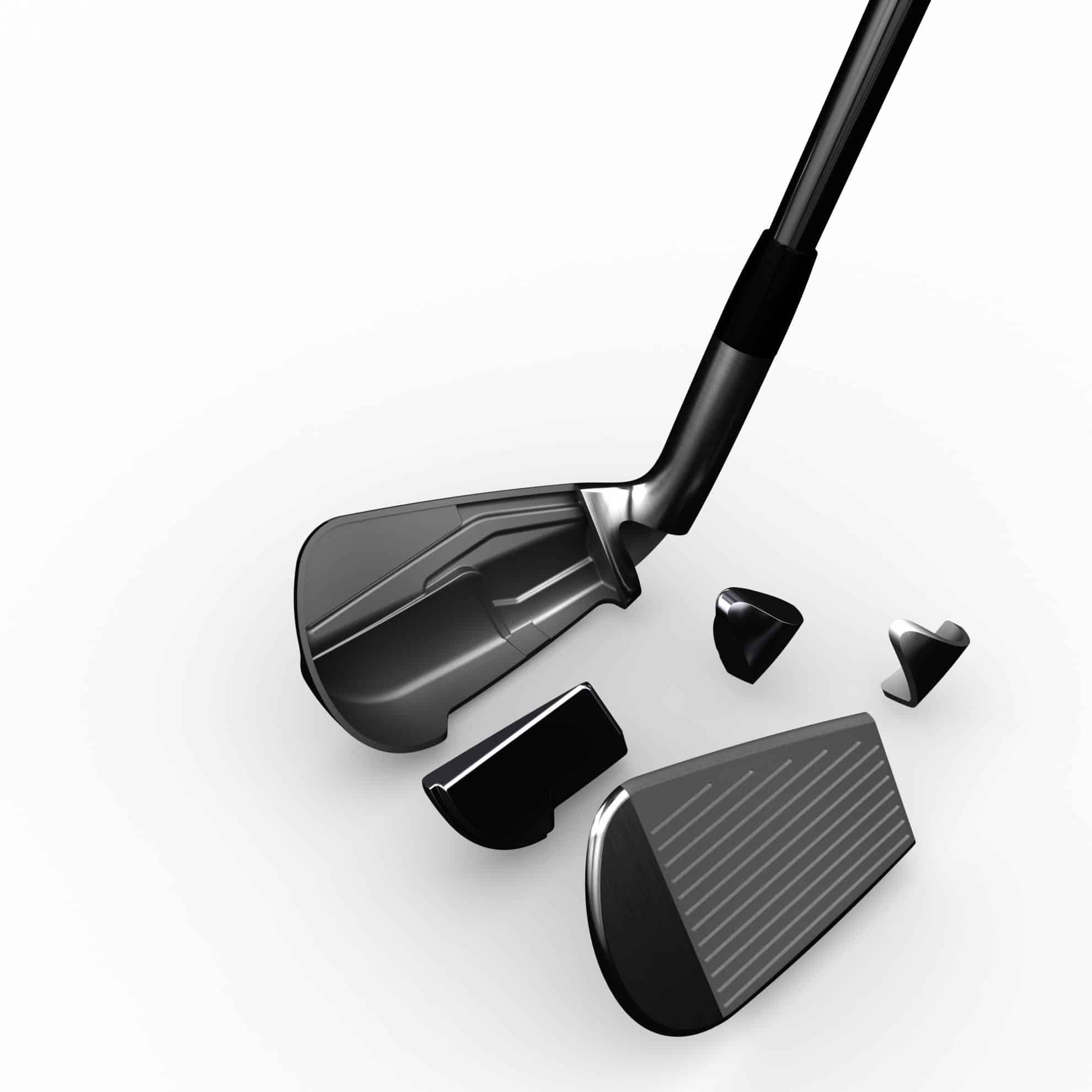
The speed in the CNCPT irons comes from an ultra-thin face that measures less than 2mm. Unlike other irons built for speed the CNCPT doesn’t have a supportive material behind the face which was a shock, as this is where other brands manage to find more speed with a variety of polymers and foam inserts. To have an unsupported face less than 2mm shows the quality of the new aerospace steel alloy used in the head, as normally a face that thin with a hollow design would be prone to cracking.
INITIAL THOUGHTS
These irons have given Titleist a prestige line to rival that of other high-end brands and I wouldn’t be surprised if CNCPT becomes a brand name in itself. The irons certainly look the part in the bag and they are long with the feel to match that of a blade. At $500 per iron these are an elite priced club. I will conduct a full review of them in the coming issues as I would like to be fitted accurately to see how the two models compare and, more importantly, to check the spin rates. Hitting a long ball is great for a chat in the bar but they need to spin to hold the fast greens played on in the Middle East.


